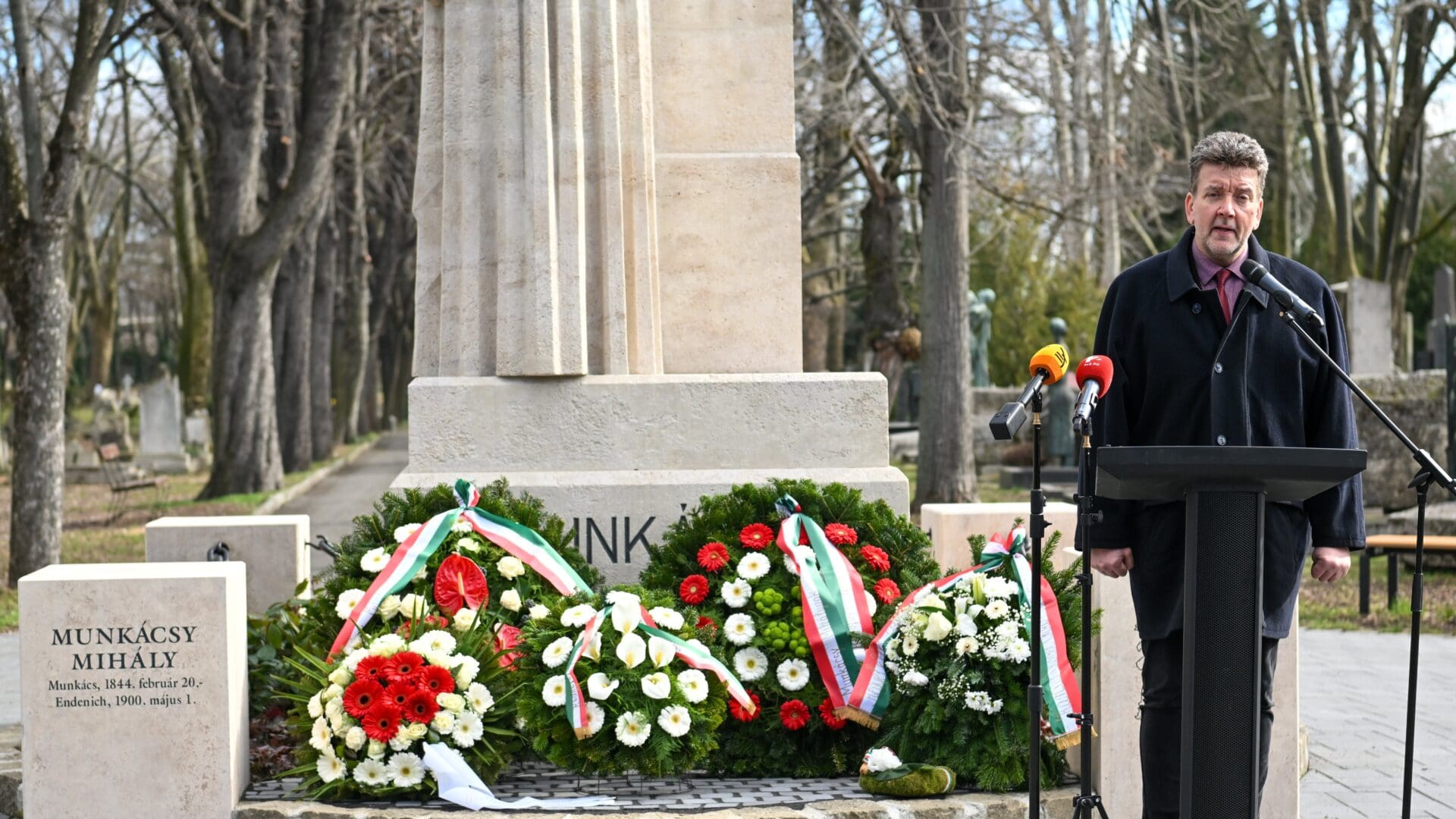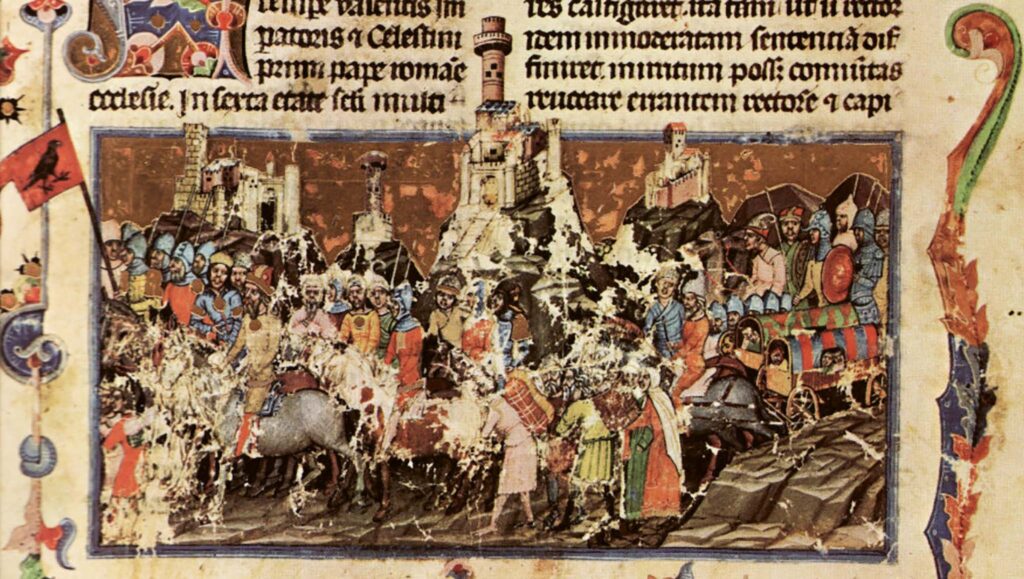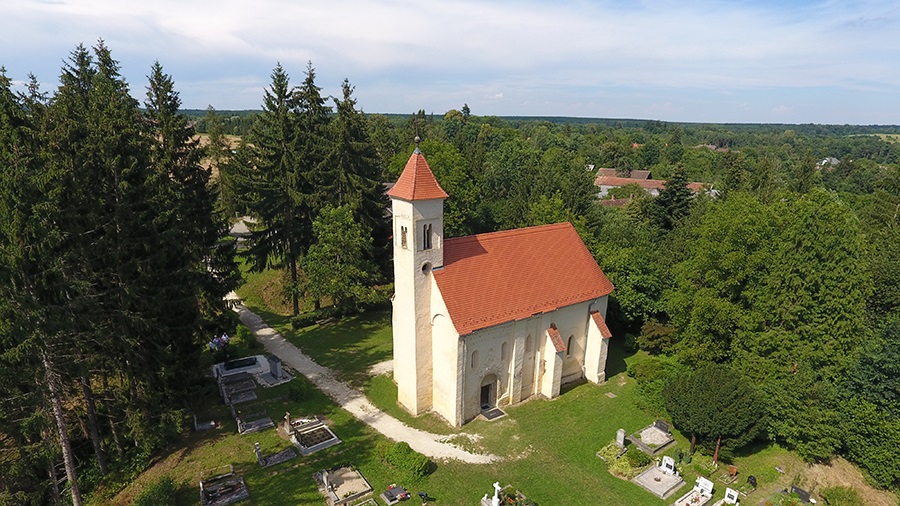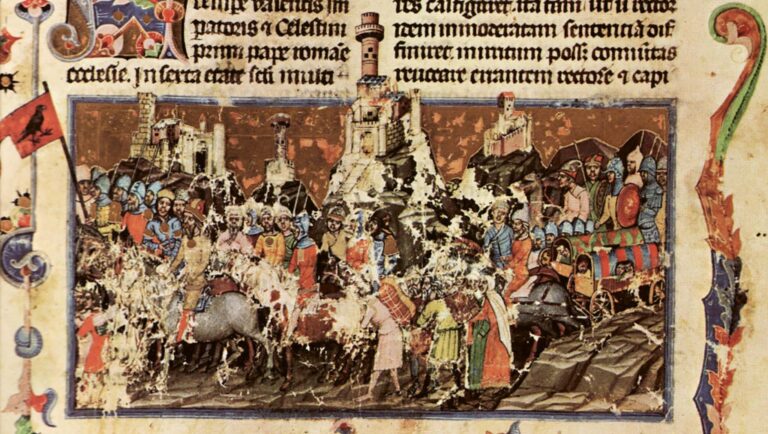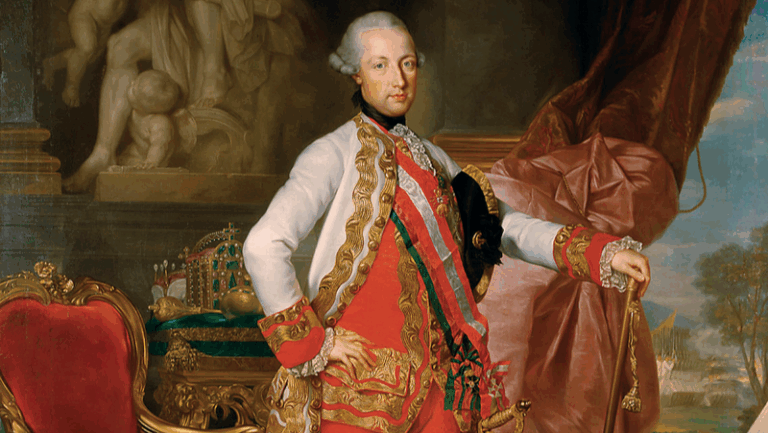On the occasion of the 180th anniversary of the birth of the painter Mihály Munkácsy, a commemoration was held on Tuesday at the Fiumei Road Cemetery by the National Heritage Institute (NÖRI).
At the event, Gábor Móczár, the director-general of the National Heritage Institute, highlighted that Munkácsy is well-known among art collectors and patrons both in Europe and the United States. He recalled that the tombstone depicting the Hungarian Genius, which has been protected since 2001, was created by the sculptor Ede Telcs and was unveiled in 1911. The artist’s gravesite in the Fiumei Road Cemetery has evolved into an artistic parcel over time.
Móczár mentioned that in recent years, there seems to be a revival of patronage culture. Thanks to the contribution of Philip Rákay and his wife, Orsolya Wieber, the Petőfi family mausoleum was renovated during the Petőfi Memorial Year. Additionally, through the private donation of the art collector Imre Pákh and his wife, Nelli Pákh, the National Heritage Institute restored Mihály Munkácsy’s tombstone, which was unveiled in May 2023, the director-general recalled.
Judit Boros, an art historian, emphasized that Munkácsy was a romantic talent who managed to resist academicism and anecdotalism for most of his career. She stated: ‘This enabled Munkácsy to create a well-comprehensible visual world in his painting The Condemned Cell, which synthesized the romantic and realistic elements in such a dramatic manner, simultaneously familiar and innovative, causing a sensation in Paris.’
Although Mihály Munkácsy spent much of his life abroad, he always considered himself and declared himself Hungarian,
the the art historian stressed.
Mihály Munkácsy (1844-1900), born as Leó Lieb Mihály in Munkács (today Mukachevo, Ukraine) to a Bavarian family that immigrated to the Kingdom of Hungary in the early 18th century. His life was changed by his encounter with the painter Elek Szamossy. Through him, Munkácsy gained entry into the National Hungarian Association of Fine Arts, where he was assisted by the painter Antal Ligeti. From 1867, he studied in Munich with a state scholarship, alongside Merse Pál Szinyei and Gyula Benczúr, and in Paris, but also spent time in Vienna and Düsseldorf. He was influenced by romanticism, realism, and historicism. In late 1871, he moved to Paris. From the mid-1870s, tired of the difficulties of life, he shifted from depicting simple people in a realistic style to catering more to the expectations of the affluent urban bourgeoisie and aristocratic circles.
With his monumental canvases, he conquered the whole world. Following huge success in Europe and America, he worked on immortalizing the Hungarian conquest.
His painting Milton, presented in Budapest in 1879, was purchased by the Austrian art dealer Charles Sedelmeyer after signing a ten-year sales contract with the painter the previous year. As part of this agreement, Munkácsy’s works were exhibited to the public in several European cities for an entrance fee. Thanks to this collaboration, Munkácsy became known in America, where he received many commissions. Mihály Munkácsy passed away in 1900 in a sanatorium near Bonn.
Related articles:
Sources: Hungarian Conservative/NÖRI/MTI

